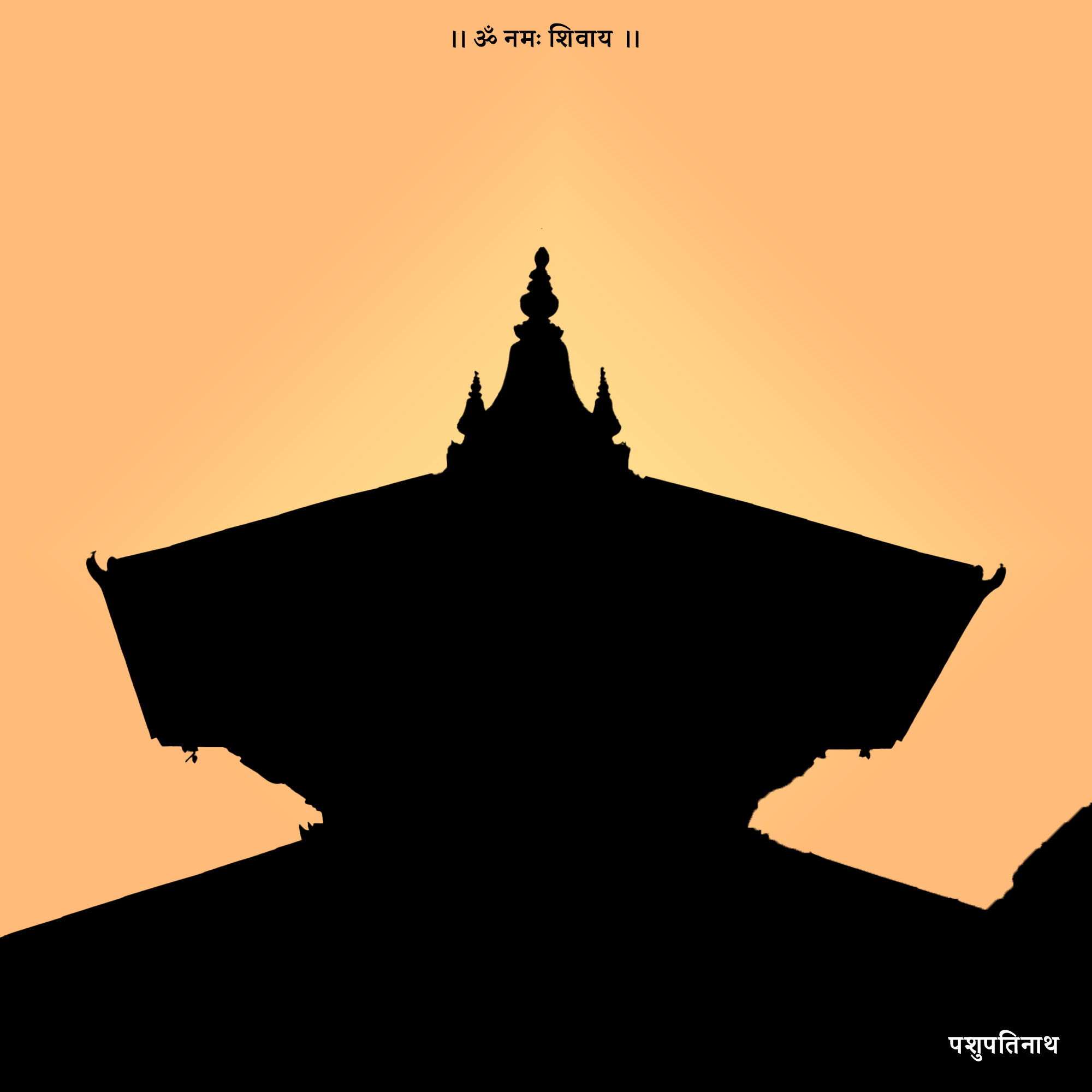In Kathmandu, Nepal, there is a revered and well-known Hindu temple complex called Pashupatinath Temple. For Hindus all across the world, it is one of the most significant and beloved sacred places. Several important details and facts regarding the Pashupatinath Temple are provided below.
Pashupatinath Temple Location
The Pashupatinath Temple is found in Kathmandu, the nation’s capital, on the eastern bank of the Bagmati River.
Lord Pashupatinath, a manifestation of Lord Shiva, one of the central deities in Hinduism, is the major deity of the temple. Nepal’s patron god is regarded as Pashupatinath.
Table of Contents
Architecture , History and Importance
The structure of the temple is made up of a number of shrines, statues, and other places of worship. The primary temple is a pagoda-shaped building with four silver entrances and a golden roof. Traditional Hindu and Nepalese architectural styles may be seen in the construction of the temple.
In 1979, Pashupatinath Temple was designated as a UNESCO World Heritage Site, recognizing its cultural and historical significance.
Pashupatinath Temple is of great religious and cultural importance. It serves as a major hub for spiritual and cultural events in addition to being a place of worship. The temple is a crucial piece of the history of the Kathmandu Valleye.
The temple complex serves as a center for religious rites and worship. Visitors gather to pray, carry out rituals, and seek blessings from pilgrims from Nepal and different regions of India. Numerous Hindu cremations are performed on the banks of the Bagmati River, which flows next to the temple and is revered.
Festivals and Pilgrimage
Going on a pilgrimage to Pashupatinath is a revered trip that takes one deep into Nepal to seek Lord Shiva’s heavenly graces.As they walk about Pashupatinath’s sacred grounds, pilgrims feel a distinct spiritual aura and become in touch with the divine energy that surrounds the temple.
Participate in the hallowed ceremonies and experience the transcendental heavenly darshan (viewing) of the Pashupatinath Lingam.Take in the spiritual sight of the evening aarti along the holy Bagmati River, which heightens the allure of the pilgrimage. And Discover the hidden beauty of Gupta Pashupatinath, a quiet base of the main temple complex.
At Pashupatinath, Maha Shivaratri is an extravagant celebration of devotion and festivity complete with processions, rituals, and a lively atmosphere resonating with spiritual zeal.
During the Teej Festival, a large number of devotees—particularly women—fast, pray, and celebrate in honor of Lord Shiva and Parvati.
In a unique set of customs, worshippers encircle the Pashupatinath temple with oil lights on Bala Chaturdashi, asking for protection and well-being.
Celebrating the celestial marriage of Lord Shiva and Parvati, Haritalika Teej is marked by singing, dancing, and fasting, all of which heighten the joyful atmosphere.
During Maha Shivaratri, devotees coat the Shiva Lingam with holy sandalwood paste, an observance said to bestow purification and heavenly graces.
Pashupatinath is crossed by the Gai Jatra procession, which honours deceased souls and unites people on a spiritual and cultural level.
On Purnima, the full moon day, there are special ceremonies and rituals that attract devotees who are hoping to receive Lord Shiva’s auspicious blessings.
The Pashupatinath Temple is more than simply a physical building; it is a vibrant representation of spirituality, where pilgrimages and celebrations combine to form a heavenly tapestry of devotion and cultural diversity.
Visitation
Pashupatinath Temple draws tourists and visitors interested in its cultural and architectural value even though it is primarily a Hindu religious institution. Visitors must, however, respect the solemnity of the shrine and adhere to appropriate conduct and dress standards.
The Pashupati Area Development Trust (PADT), a forested area that is home to numerous minor temples, ashrams, and meditation sites, surrounds the temple complex.
The temple is the site of a number of significant Hindu holidays, such as Maha Shivaratri, Teej, and Bala Chaturdashi (also known as Deepawali or the Festival of Lights), which are fervently observed by followers.
The Pashupatinath Temple is a representation of the spiritual and cultural richness of Nepal. It is a site of great devotion, architectural beauty, and historical significance that attracts people from all walks of life who come to seek spiritual awakening and comfort in the company of Lord Pashupatinath, the esteemed Lord Shiva.
Also read about Srikalahasti Temple.
